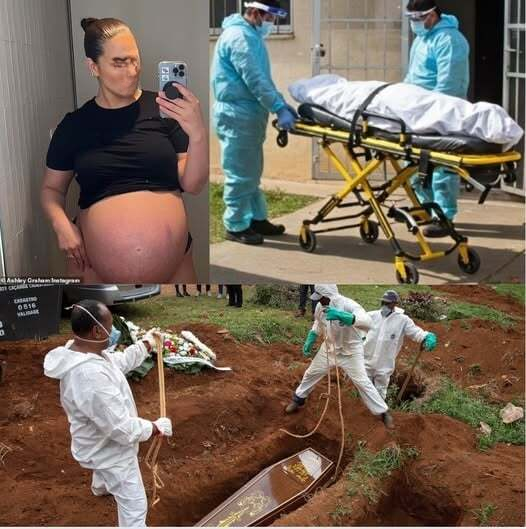Over the past two days, Brazil has been shaken by a deeply troubling case that has spread rapidly across the country. Originating in Lucas do Rio Verde, a city in Mato Grosso, the story quickly went viral, igniting painful conversations about violence, vulnerability, and the fragility of young lives.
At the heart of this tragedy was a 15-year-old girl whose sudden disappearance — followed by the horrifying circumstances of her discovery — left both her community and the wider public in shock. The sheer brutality of the crime stunned many, raising haunting questions about how someone so young could be subjected to such violence.
The Disappearance
The first signs of trouble appeared when the teenager failed to return home. Family and friends became immediately concerned, knowing she was not the type to vanish without explanation. As hours passed, fear and speculation spread throughout the community. One prevailing theory suggested a possible connection to drugs — a frightening possibility that only intensified the anxiety.
In towns like Lucas do Rio Verde, the shadow of drug-related crime weighs heavily. Families live with the fear that their children may be drawn into dangerous circles, whether through bad influences or sheer circumstance. With this context, the girl’s disappearance became an urgent and terrifying concern.
The Discovery
When her body was eventually found, the details were more shocking than anyone had anticipated. Reports circulated rapidly on social media, often with graphic and sensational retellings. The most horrifying claim was that her body showed signs of mutilation, with her abdomen allegedly cut open — a detail that intensified outrage and speculation about the crime’s brutality.
Though authorities have been cautious in their official statements, the sheer violence of the act stunned the public. Residents flooded social media with messages of grief, anger, and disbelief. What began as a local tragedy quickly became a national conversation.
Public Reaction
The case’s devastation was compounded by the victim’s age. At just 15, she should have been focused on school, friends, and the everyday joys of adolescence. Instead, her life was brutally cut short, traumatizing an entire community.
Across Brazil, people expressed sorrow and fury online. Some mourned the tragic loss of innocence, while others demanded stricter punishments for violent offenders. Many pointed to systemic issues — poverty, drug trafficking, and lack of opportunity — as factors that leave young people most vulnerable.
Broader Implications
The case has reignited urgent debates about violence against women and girls in Brazil. Activists highlighted rising rates of gender-based violence and called for stronger protective measures for the vulnerable. Others drew attention to the way criminal networks and drug gangs intersect with such tragedies, ensnaring children in cycles of exploitation and harm.
Local authorities have pledged a thorough investigation. While suspects and motives have not been confirmed, police are closely examining potential links to drugs and have urged the public to refrain from speculation until justice is served.
A Community in Mourning
For the people of Lucas do Rio Verde, the loss feels intensely personal. In smaller towns, tragedies reverberate through every corner — affecting neighbors, classmates, and church communities. Schools and local organizations have begun organizing vigils to honor the girl’s memory and support her grieving family.
Parents, too, are profoundly shaken. Many see this case as a stark reminder of their children’s vulnerability in today’s world. Some have stressed the urgent need for stronger community support systems to protect young people and address the root causes of violence before more lives are lost.
The Lasting Impact
Although horrifying, the case has sparked conversations that may lead to change. Brazil is no stranger to violence, but each tragedy forces the nation to confront its reality anew. Politicians, activists, and ordinary citizens are now questioning what more must be done to safeguard young lives.
The life of a 15-year-old girl was taken in the cruelest way imaginable, yet her story has become part of her community’s collective memory. It is a tragedy, but also a warning — a reminder that combating violence requires vigilance, compassion, and action at every level of society.
As Brazil mourns, there is hope that her death will not be in vain but will instead serve as a catalyst for the change that is so desperately needed.
